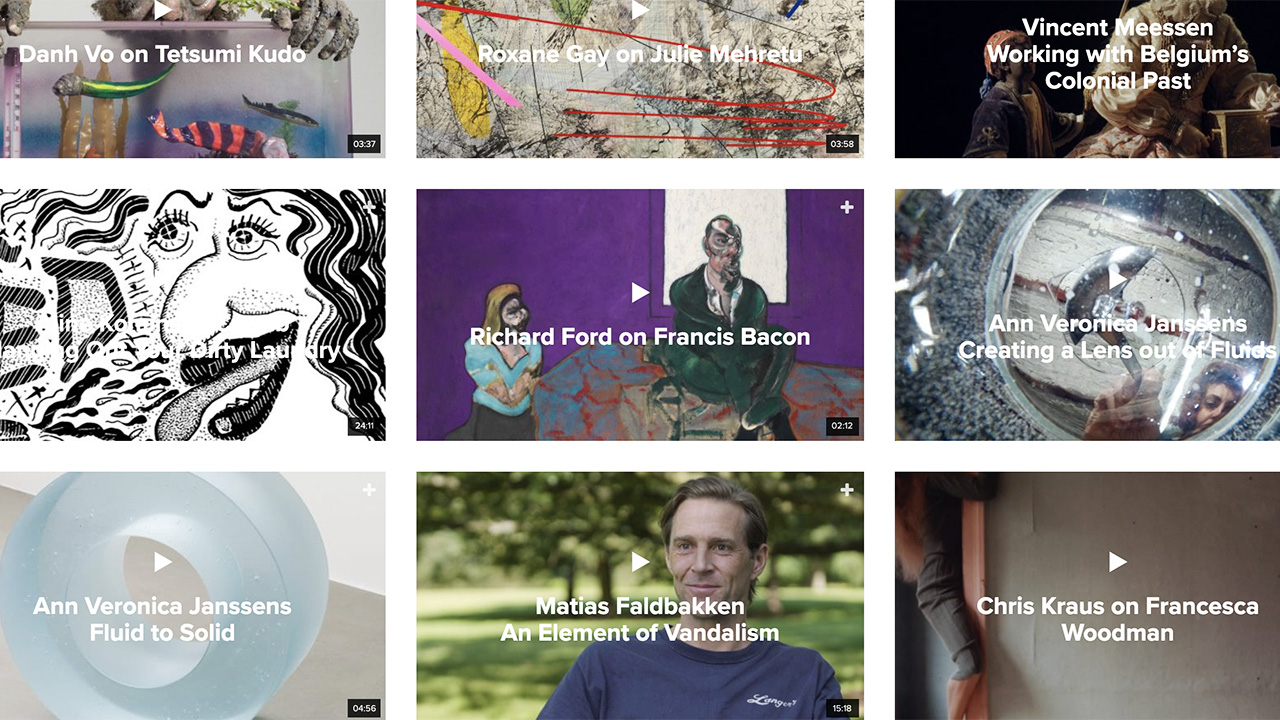Following the museum sector’s year of accelerated digital transformation, Smartify, in collaboration with Jing Culture & Commerce, presents a guest series spotlighting strategies that cultural institutions can leverage to expand their outreach and enrich their storytelling. Find more from the series here.
Here’s a rhetorical question for you: what is the best medium to deliver engaging digital museum experiences to large audiences? You’ve guessed it: video. Video is an integrated part of the daily lives of our audiences and two thirds of people prefer video over text while learning. So it’s by far the best way to tell your story. But how do you create engaging video content for your museum? Here are 5 simple steps to get there:
1) Write down your goals
I might be stating the obvious, but a clear understanding of what it is that you are trying to achieve with your video is key. It will help to make a distinction between your educational goals (what you’d like to teach) and commercial goals (what you’d like to get out of it).
2) Pick an audience
When it comes to any form of online content, choosing an audience is one of the most important steps. If you want to reach everybody, you’re not going to reach anybody. Your audience will determine the tone of voice, look, and feel of the video.
3) Choose a platform
The audience you have picked, in combination with your goals, will decide the platform for you. It’s as easy as that. Say, for example, you would like to reach a young audience between 12 and 18 years of age. It would make no sense to try to reach them on your own website. You will have a way better chance if you focus on the platforms where they already are: TikTok and YouTube, for example.
4) Tell complete stories
For any viewer, nothing is more frustrating than the sense that they are being targeted by marketing messages. So instead of trying to convince people to come to a museum exhibition with a video that tells parts of the story and leaves cliffhangers, try to extract and expand on stories that cannot be told in that exhibition. This technique is called transmedia storytelling and will help you make sure that every experience — no matter the platform — is complete and fulfilling.
5) Go for quality (even on a budget)
Whether you are creating a video with nothing but stock footage or shooting interviews from an iPhone, make sure you always try to get the most quality out of what you do. Here are some simple tricks and tools to elevate the quality of your video content in an instant.
Filming on a phone
- Increase the recording quality in your settings
- Keep your camera fixed at all times
- Use an external microphone
Online editing technology
If you don’t have any professional editing software, these are the go-to tools:
- kapwing.com — great all-in-one content creation site
- storyblocks.com — stock video, images, audio, and after effects templates
- tella.tv — great tool to spice up your online presentations/lectures
- letsenhance.io — lets you enhance the quality of digital images through AI
That’s it! I hope these simple steps will help you to create amazing experiences for your online audiences.



